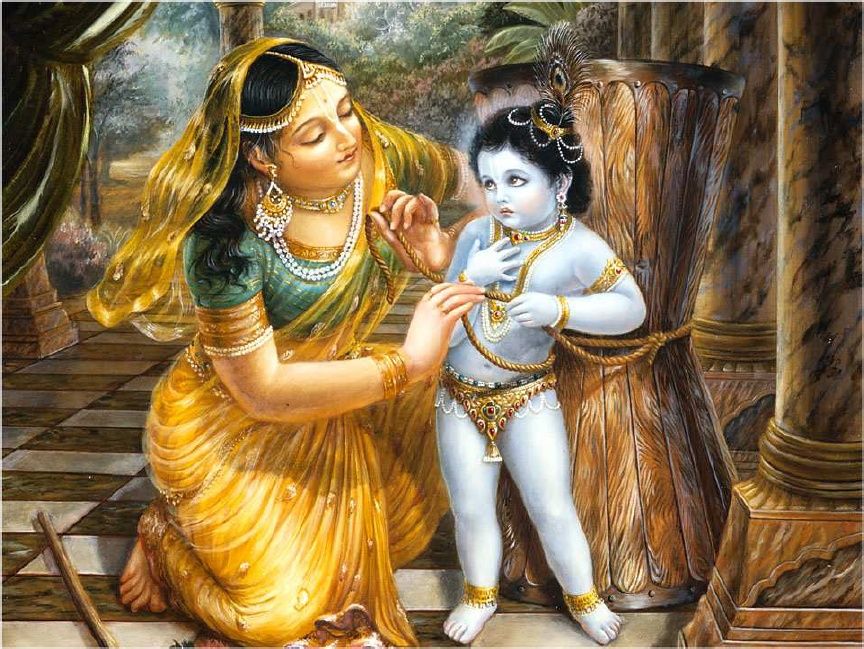Śrīla Prabhupāda’s Kīrtana Standards,” installment 38

In accordance with śāstra and Vaiṣṇava tradition, Śrīla Prabhupāda had us chant the Dāmodaraṣṭaka every day during the month of Karttika.
Some decades after Śrīla Prabhupāda’s disappearance, the chanting of the Gopī-gītā—the songs sung by the gopīs—was somehow introduced at ISKCON Vrindāvan as an additional daily Karttika function. During Śrīla Prabhupāda’s presence, this was never done.
These most sacred and intimate songs are of course entirely authorized, but the Bhāgavatam offers so many prayers we could chant—prayers by Bhīṣmadeva, prayers by Kuntīdevī, prayers by Prahlāda, by Vṛtrāsura, by Lord Brahmā, by Akrūra. Why then should we select the songs sung by the gopīs? Those of us who remember the “gopī bhāva” incident in Los Angeles might well envision Śrīla Prabhupāda asking this very question.
In some temples, it seems, singing of the Gopī-gītā during Karttika has now become a norm. It is not, however, a norm that came from Śrīla Prabhupāda.
In contrast to Vrindāvan, in Māyāpur in the early 2020’s the song we’ve heard introduced as the norm for Karttika after the Dāmodarāṣṭakam is Rādhā Kṛṣṇa Gīti, glorifying various Deities and the gosvāmīs who worshiped them—and with “jayas” added for more Deities, making the song go on for half an hour or more.
When Śrīla Prabhupāda was present, after the Dāmodarāṣṭakam the “Karttika song” in both Māyāpur and Vrindāvan was the mahā-mantra: Hare Kṛṣṇa, Hare Kṛṣṇa, Kṛṣṇa Kṛṣṇa, Hare Hare / Hare Rāma, Hare Rāma, Rāma Rāma, Hare Hare.

You must be logged in to post a comment.